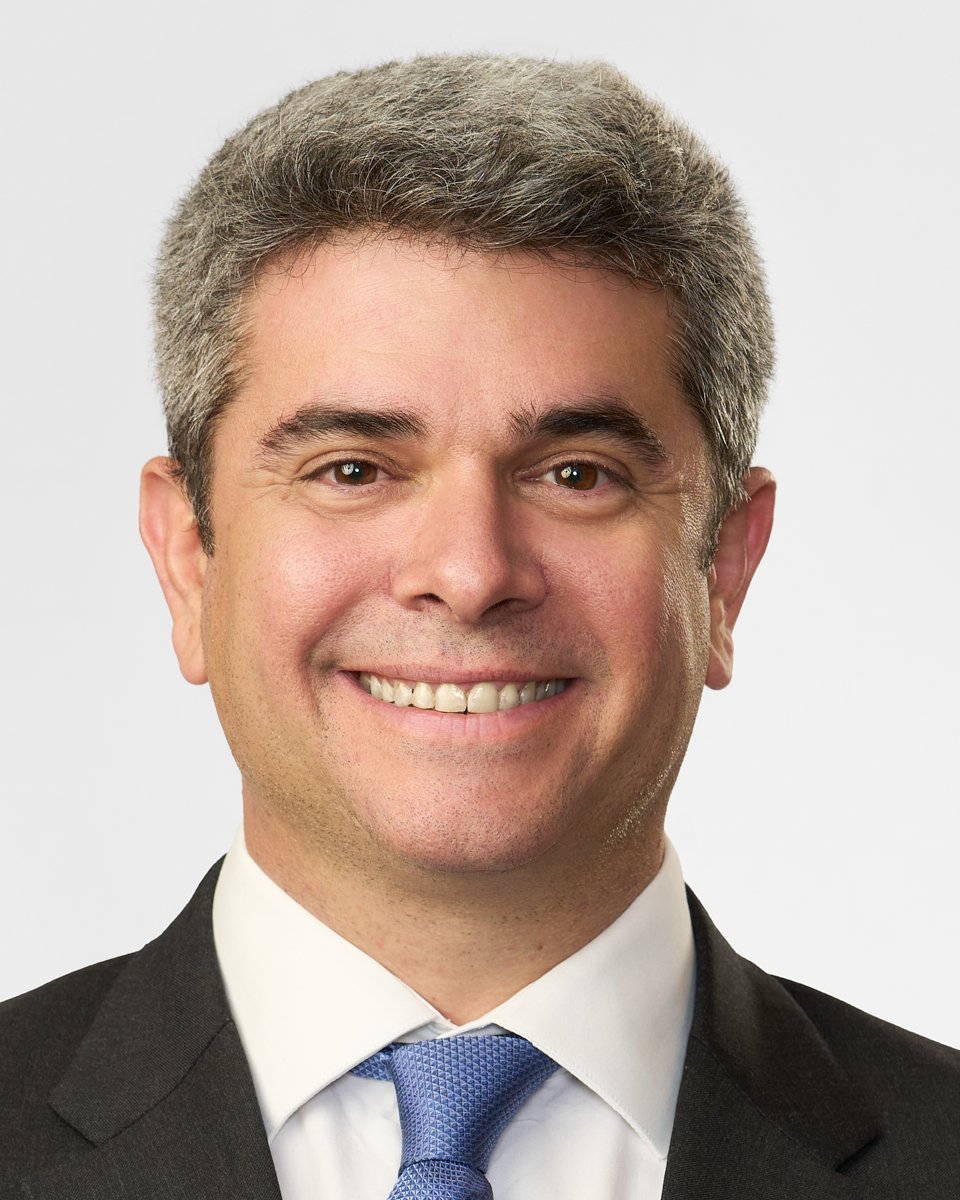As reported on our blog earlier this week here and here, this Wednesday, July 9th, President Trump sent a letter to Brazilian President Luiz Inacio Lula da Silva informing that the United States will be imposing 50% tariffs on all Brazilian imports effective August 1st.
The seven-paragraph correspondence follows a week in which Brazil hosted the BRICs summit in Rio de Janeiro. The letter cites the ongoing trial in Brazil against former President Jair Bolsonaro, concerns about alleged censorship of US media platforms, and Brazilian trade policies that allegedly led to unsustainable trade deficits against the United States.
The letter also highlights that tariffs can be increased if Brazil responds in kind1–2 and the intention to initiate soon a Section 301 investigation of Brazil due to Brazil’s actions targeting digital trade activities of US companies. Section 301 of the 1974 Trade Act authorizes the U.S. Government to investigate and remedy alleged violations of trade agreements or unjustifiable burdens or U.S. commerce. Remedies are potentially wide-ranging, including tariffs, quotas, fees, or import restrictions.
Two days ago, in the sequel of BRICS summit (alliance of nations including Brazil and, inter alia, China, Russia and Iran), President Trump said he could impose a 10% tariff on all BRICS countries due to an alleged attempt within the alliance to further substitute dollar as the transactional standard.
In reaction to the letter, a press release signed by President Lula3 after an emergency hearing with Ministers4, stated that “any measure to raise tariffs unilaterally will be addressed with the Brazilian Economic Reciprocity Law”. The Reciprocity Law, which has very recently entered into force, authorizes the Brazilian President to adopt countermeasures in the form of tariff restrictions on imports, suspension of obligations assumed by Brazil in trade agreements and suspensions of concessions regarding IP rights in response to certain foreign countries’ actions. That means, were both countries to fulfill their promises, a sequence of tariff levies could follow, starting from the 50% announced by President Trump.
For context, on “Liberation Day”, Brazil received a 10% tariff. This newly announced 50% represents a sharp increase. The U.S. is Brazil’s second largest trade partner.
Our International Trade team is closely monitoring these developments and will provide any additional insight in real time.
1 “If for any reason you decide to raise your Tariffs, then, whatever the number you choose to raise them by, will be added onto the 50% that we charge.”
2 Furthermore, President Trump assured that if Brazilian companies desire to build or manufacture products within the United States, there would be no tariffs imposed. He concluded by stating that the tariffs could be revised.
3 Please see https://www.gov.br/planalto/pt-br/acompanhe-o-planalto/noticias/2025/07/nota-a-imprensa-1



